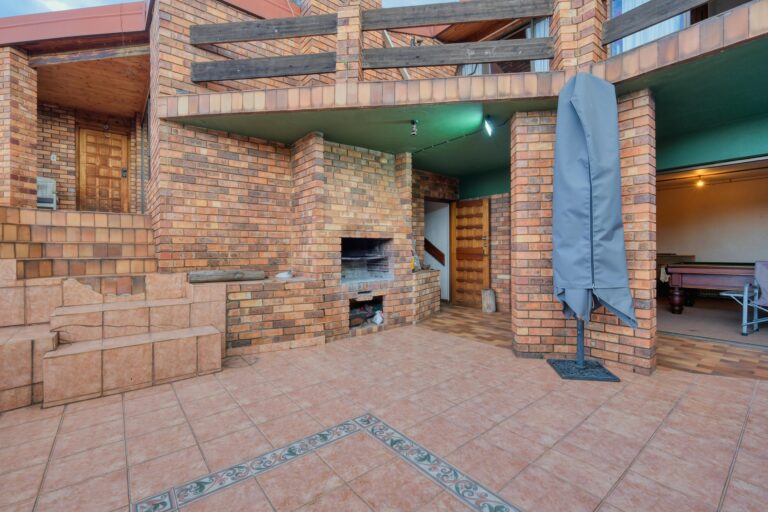Outdoor Oasis Inspiration: Custom Fire Pit Designs for Year-Round Enjoyment
Revitalizing Your Home: Expert Tips for Painting and Carpentry Upgrades
Your home is more than just shelter—it’s a canvas for self-expression and comfort. Yet, wear and tear can dull its sparkle over time. Strategic painting and carpentry upgrades offer transformative solutions that boost aesthetics, functionality, and property value without demanding a full renovation. Whether refreshing faded walls or replacing dated trim, these skills empower homeowners to tackle projects confidently. Beyond surface-level appeal, proper techniques prevent costly repairs like wood rot or peeling paint. This guide distills professional insights into actionable steps, balancing DIY enthusiasm with technical precision. Let’s explore how mastering foundational methods can turn your living space into a polished sanctuary you’ll love for years to come.
Prepping Like a Pro: The Non-Negotiable First Step
Rushing into painting or carpentry without preparation guarantees subpar results. For painting, start by removing hardware, cleaning walls with trisodium phosphate (TSP), and sanding glossy surfaces to improve adhesion. Fill cracks with spackling compound, then sand smooth. Use painter’s tape for sharp edges and drop cloths to protect floors. In carpentry, precise measurements prevent material waste. Double-check angles and dimensions, and ensure framing members are level and plumb. For refinishing wood, strip old finishes completely using chemical strippers or sanding—starting with coarse (80-grit) paper and progressing to fine (220-grit). Skipping prep causes peeling paint, uneven stains, or misaligned installations.
Material Mastery: Choosing the Right Tools and Supplies
Quality materials elevate results and longevity. For painting:
- Paint Type: Use acrylic-latex for interiors (low VOC, easy cleanup) and 100% acrylic for exteriors (weather-resistant).
- Brushes/Rollers: Synthetic bristles for water-based paint; natural bristles for oil-based. Microfiber rollers ensure smooth coverage.
- Primer: Stain-blocking primers prevent bleed-through on water-damaged or knotty wood.
In carpentry:
- Wood Selection: Opt for kiln-dried hardwoods (oak, maple) for durability in high-traffic areas; moisture-resistant MDF for bathrooms.
- Adhesives & Fasteners: Use construction adhesive with screws (not nails) for load-bearing joints. Stainless steel fasteners prevent rust stains outdoors.
Technique Deep Dive: Precision Application Methods
Execution separates amateurs from experts. Painting techniques include:
- Cutting-In: Outline edges with an angled brush before rolling, maintaining a “wet edge” to avoid lap marks.
- Rolling: Work in 3×3 ft sections using a “W” pattern, then fill without lifting the roller.
Carpentry requires equal finesse:
- Joinery: Reinforce butt joints with pocket screws or dowels for invisible strength in bookshelves or frames.
- Trim Installation: Cope inside corners for seamless moldings—cut one piece square and profile the other to fit its contour.
- Sanding: Always sand wood along the grain between finish coats to prevent visible scratches.
Solving Common Pitfalls: Troubleshooting On the Fly
Even seasoned pros encounter issues. Quick fixes include:
- Paint Drips/Runs: Sand lightly once dry, then feather with thinned paint.
- Warped Wood: Moisture-test lumber before use (ideal: 6-8%). If installed, apply counter-pressure with brackets.
- Uneven Stain: Pre-treat pine or cherry with wood conditioner to minimize blotching.
- Gaps in Trim: Fill with paintable silicone caulk, not wood filler, which cracks with seasonal movement.
For persistent problems like peeling exterior paint, investigate underlying causes—often moisture intrusion—before repainting.
Finishing Strong: Protection and Preservation
Durable finishes shield your work. Seal painted surfaces with clear polycrylic in high-impact zones (kitchens, doors). For carpentry:
- Outdoor Projects: Spar urethane withstands UV rays and moisture on decks or fences.
- Interior Wood: Water-based polyurethane dries fast without yellowing lighter woods.
- Maintenance: Inspect caulk lines annually; touch up chipped paint immediately to prevent substrate damage.
Always apply finishes in thin, even coats, sanding lightly between layers for glass-smooth results.
Painting and carpentry transform homes through meticulous preparation, material savvy, and refined technique. Remember: 70% of a project’s success lies in prep work, while patience during application prevents rework. Start small—refresh a single room’s trim or build a floating shelf—to build confidence. Invest in core tools like a quality brush set and a miter saw; they pay dividends in precision. Finally, prioritize protection with appropriate sealants to ensure your upgrades endure. By embracing these principles, you’ll not only enhance your space but also gain skills that save thousands in contractor fees. Your dream home isn’t built overnight—it’s crafted one thoughtful stroke and cut at a time.







